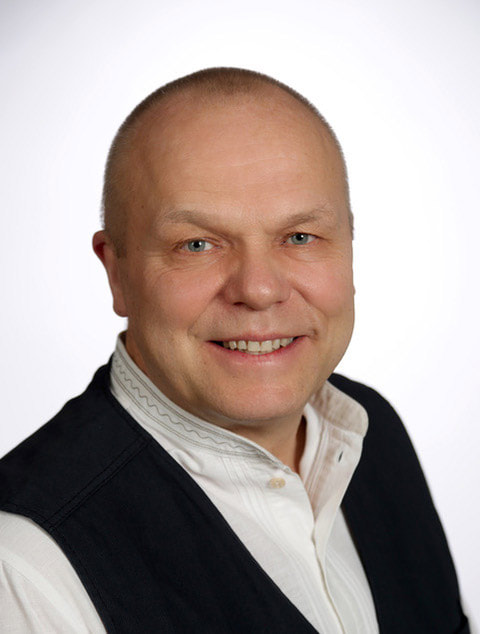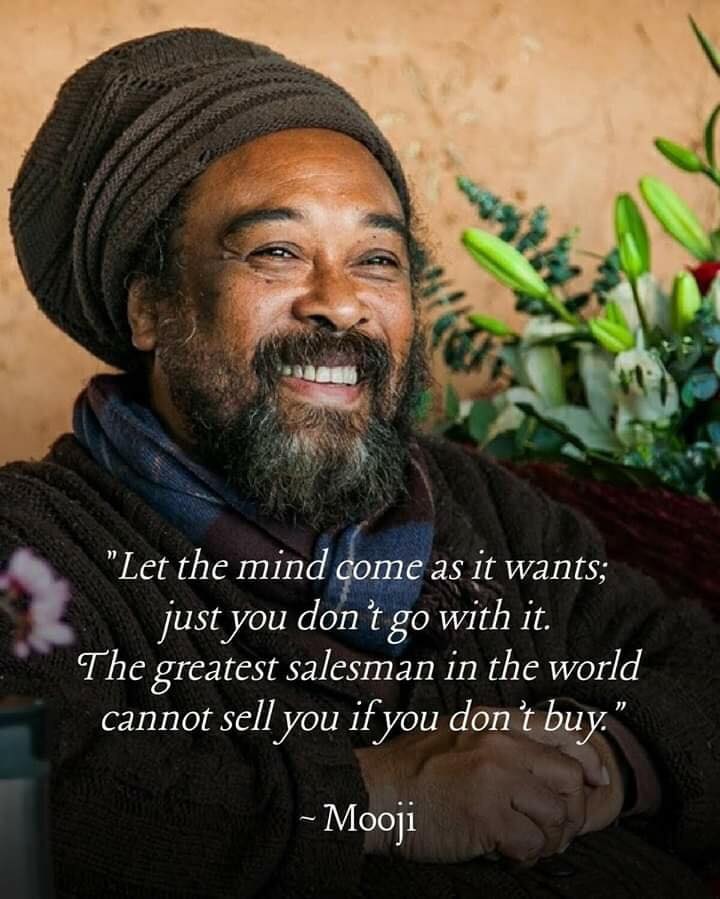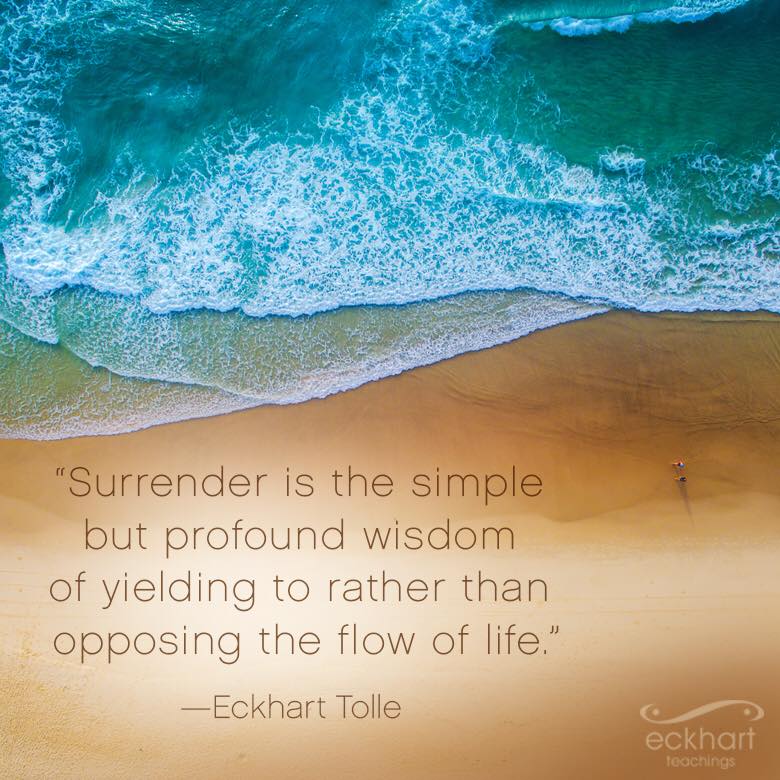Plateaus and toggling both seem to occur fairly commonly in this work and perhaps in any mode of holistic healing. I’ve noticed that a person’s first few sessions can sometimes elicit a dramatic effect on symptoms, but that after a time the effect may no longer appear nearly as dramatic (plateaus) or symptoms may even return periodically (toggling), and a person might then wonder if the work is still effective. I posit that these are our times of greatest healing!
As a practice that arises directly from the natural world, it seems logical to me that this work would mimic nature’s common pattern of leaps forward followed by periods of rest and inner work, and learned in my training that not only is this commonly the case, but that these are the times when we seem to gain the most from sticking to our programs of awareness, alignment, and self-care.
Since the majority of this work seems to function beyond the conscious mind, I’m frankly sometimes amazed that we ever have any awareness of it at all, but like the tree falling in the forest, our perceptions don’t seem to have any bearing at all on the actual work. Please rest assured that integration is 24/7 whether or not it’s readily apparent, and here’s to plateaus and toggling!
As a practice that arises directly from the natural world, it seems logical to me that this work would mimic nature’s common pattern of leaps forward followed by periods of rest and inner work, and learned in my training that not only is this commonly the case, but that these are the times when we seem to gain the most from sticking to our programs of awareness, alignment, and self-care.
Since the majority of this work seems to function beyond the conscious mind, I’m frankly sometimes amazed that we ever have any awareness of it at all, but like the tree falling in the forest, our perceptions don’t seem to have any bearing at all on the actual work. Please rest assured that integration is 24/7 whether or not it’s readily apparent, and here’s to plateaus and toggling!



 RSS Feed
RSS Feed